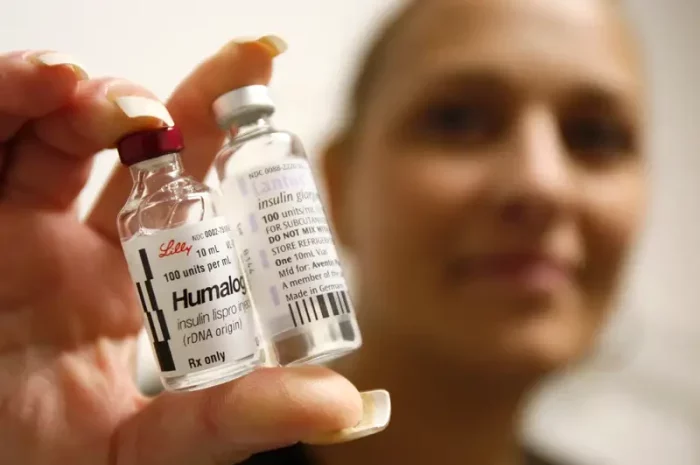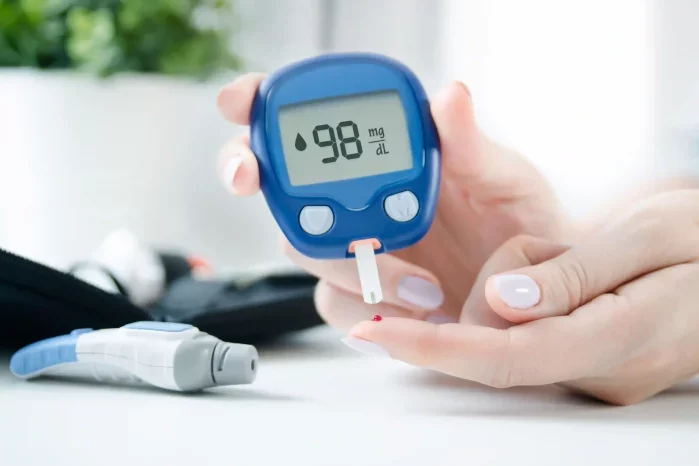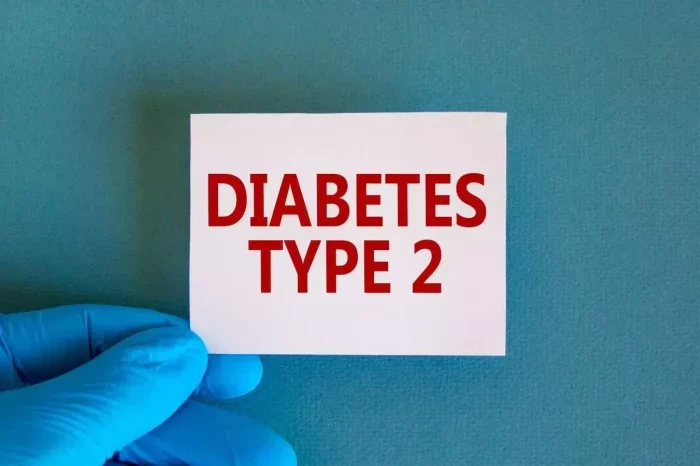Gestational diabetes mellitus (GDM) is a condition characterized by high blood sugar (glucose) levels that develop during pregnancy in women who were previously not diagnosed with diabetes. This condition presents unique challenges to both mothers and healthcare providers, necessitating a nuanced understanding of what constitutes high glucose levels in the context of gestational diabetes.
During pregnancy, the body undergoes significant physiological changes, including alterations in insulin sensitivity and secretion. Gestational diabetes arises when these changes result in inadequate insulin production or utilization, leading to elevated blood glucose levels. The diagnosis of gestational diabetes is typically made between the 24th and 28th weeks of pregnancy through oral glucose tolerance testing (OGTT). However, the threshold for defining high glucose levels in GDM remains a subject of debate and may vary across guidelines and healthcare practices.
Diagnostic Criteria
The diagnostic criteria for gestational diabetes have evolved over time, reflecting advancements in clinical research and understanding. Currently, several international organizations, including the American Diabetes Association (ADA) and the International Association of Diabetes and Pregnancy Study Groups (IADPSG), provide guidelines for diagnosing GDM.
The ADA recommends a two-step approach for GDM diagnosis:
Initial Glucose Screening: This involves a non-fasting glucose challenge test (GCT), where the patient consumes a glucose solution followed by blood glucose measurement after a specified time interval, typically one hour. A blood glucose level exceeding a predetermined threshold, often 130-140 mg/dL (7.2-7.8 mmol/L), prompts further evaluation.
Oral Glucose Tolerance Test (OGTT): If the initial screening is positive, an OGTT is performed. This test involves fasting overnight followed by consumption of a glucose solution, with blood glucose levels measured at regular intervals over a period of several hours. Diagnostic thresholds for GDM diagnosis based on OGTT results typically include fasting glucose levels ≥ 92-95 mg/dL (5.1-5.3 mmol/L), one-hour levels ≥ 180-190 mg/dL (10.0-10.6 mmol/L), and two-hour levels ≥ 153-165 mg/dL (8.5-9.2 mmol/L).
The IADPSG advocates for a one-step approach, recommending a single OGTT with lower diagnostic thresholds for GDM diagnosis:
- Fasting glucose ≥ 92 mg/dL (5.1 mmol/L)
- One-hour glucose ≥ 180 mg/dL (10.0 mmol/L)
- Two-hour glucose ≥ 153 mg/dL (8.5 mmol/L)
The lower thresholds proposed by the IADPSG aim to identify milder cases of GDM associated with adverse pregnancy outcomes, thereby facilitating early intervention and improved maternal and neonatal outcomes.
Interpretation of High Glucose Levels
In the context of gestational diabetes, high glucose levels are indicative of impaired glucose tolerance, reflecting an inability of the body to regulate blood sugar adequately during pregnancy. These elevated levels pose risks to both the mother and the developing fetus, necessitating careful monitoring and management to mitigate adverse outcomes.
Maternal Risks:
Preeclampsia: Women with GDM are at increased risk of developing preeclampsia, a condition characterized by high blood pressure and proteinuria, which can lead to maternal and fetal complications if left untreated.
Gestational Hypertension: Elevated glucose levels in GDM are associated with an increased incidence of gestational hypertension, further exacerbating the risk of preeclampsia and adverse pregnancy outcomes.
Increased Cesarean Section Rates: Uncontrolled GDM may necessitate cesarean delivery due to fetal macrosomia (excessive birth weight) or other complications, leading to maternal morbidity and prolonged recovery.
Fetal Risks:
Macrosomia: Infants born to mothers with uncontrolled GDM are at higher risk of macrosomia, which increases the likelihood of birth injuries, such as shoulder dystocia, and long-term health consequences, including obesity and metabolic syndrome.
Neonatal Hypoglycemia: High maternal glucose levels can lead to fetal hyperinsulinemia, predisposing newborns to hypoglycemia shortly after birth, necessitating prompt monitoring and intervention to prevent neurological sequelae.
Respiratory Distress Syndrome: Infants of mothers with poorly controlled GDM are at increased risk of respiratory distress syndrome due to delayed lung maturation, requiring specialized neonatal care and potentially prolonged hospitalization.
Management Strategies
The management of gestational diabetes aims to optimize maternal glycemic control while minimizing fetal risks through a combination of dietary modifications, physical activity, glucose monitoring, and pharmacotherapy when necessary.
Medical Nutrition Therapy: Dietary counseling by a registered dietitian is a cornerstone of GDM management, focusing on carbohydrate counting, meal timing, and portion control to maintain stable blood glucose levels throughout the day.
Physical Activity: Regular moderate-intensity exercise, such as brisk walking or swimming, is encouraged for women with GDM to improve insulin sensitivity and glucose uptake, provided there are no contraindications or obstetric concerns.
Glucose Monitoring: Self-monitoring of blood glucose (SMBG) is essential for assessing glycemic control and guiding treatment decisions. Target blood glucose levels may vary but generally aim for fasting levels ≤ 95 mg/dL (5.3 mmol/L) and postprandial levels ≤ 120-140 mg/dL (6.7-7.8 mmol/L).
Insulin Therapy: Insulin therapy is initiated if lifestyle modifications fail to achieve glycemic targets or in cases of severe GDM. Insulin regimens are tailored to individual needs, with options including basal-bolus or basal-plus insulin regimens to achieve optimal glycemic control.
Conclusion
In conclusion, high glucose levels in gestational diabetes represent a significant clinical concern, necessitating vigilant monitoring and targeted intervention to mitigate maternal and fetal risks. Accurate diagnosis and timely initiation of management strategies, including dietary modifications, physical activity, and pharmacotherapy, are essential for optimizing pregnancy outcomes in women with GDM. Close collaboration between healthcare providers and pregnant individuals is paramount to achieving optimal glycemic control and ensuring the health and well-being of both mother and child.
Related topics:
What’s Low Blood Sugar in Gestational Diabetes
























